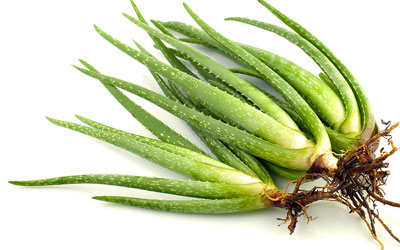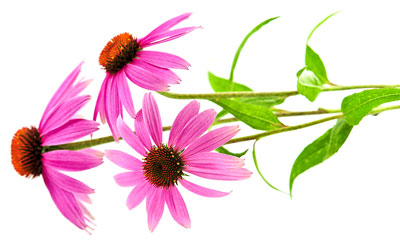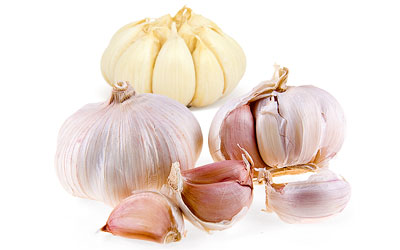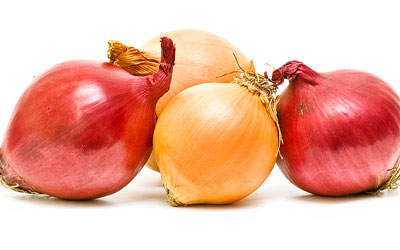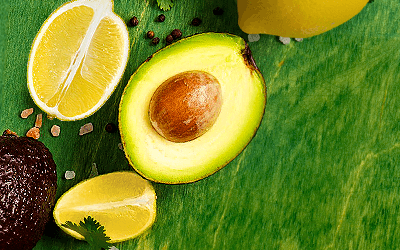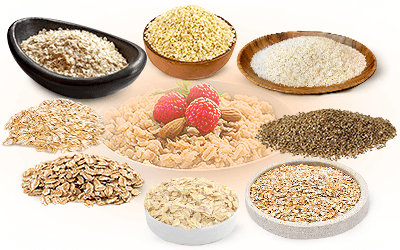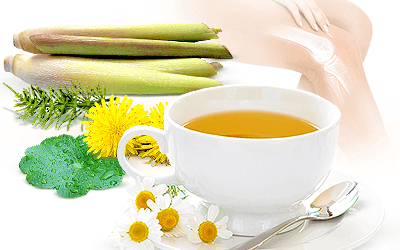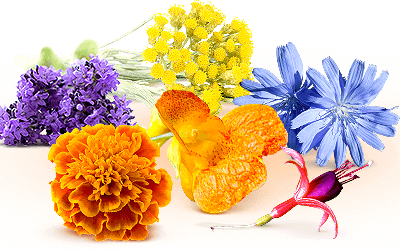Treatments for infections can often be found in your own kitchen or garden. Many common herbs have antibacterial and antiviral properties that make them suitable to combat simple infections, such as common cold, flu, infected skin wounds, and internal infections in the digestive system.
These herbal remedies date back hundreds of years, but are still just as relevant today, even in the world of Western medicine. Whether applied topically, consumed orally, or inhaled, these are the most effective - and easy to find - herbal solutions for fighting bacteria:
1. Garlic (Allium sativum)
Considered to be one of the world's most popular herbs with numerous antimicrobial properties1, garlic is often consumed fresh as a remedy against colds and flu. Dried powdered garlic is also added to tinctures and syrups to the same effect. It is used to help treat respiratory infections2, such as bronchitis, and has been known to combat stomach and intestinal parasites.
2. Echinacea (Echinacea purpurea)
Echinacea, also known as "Purple coneflower," was one of the first Native American plants to achieve medicinal fame in Continental Europe. The volatile oils extracted from its flower contain caffeic acids and alkamides, providing echinacea with one of the most potent immunity-enhancing effects known by contemporary herbalists. Ingesting this plant can be an effective way to help the body fight respiratory infections3, such as the common cold, flu, and stomach infections on its own, while traditional topical use has shown to be effective when the herb is applied directly to open wounds and mouth sores.
3. Onion (Allium cepa)
Applied locally, onion can be used to treat infections on the surface of the skin due to insect bites, wounds, and burns. Mixing onion juices with honey or sugar provides a pleasant mixture that tackles minor digestive disturbances, coughs, and colds. Inhaling the aroma of onion juice can also effectively ease sinus congestion and hay fever.
4. Aloe (Aloe vera)
Aloe vera's primary use is to treat skin conditions; the sap is removed from the plant's leaf and applied directly to burns, insect bites, and wounds in order to speed up the healing process. The plant is famed for its immune-boosting and antiviral properties.
5. Achiote (Bixa orellana)
Also known as the Annatto tree, achiote was traditionally used to treat snake bites in South America, its place of origin. The leaves are now used externally to treat wounds and burns or consumed as an infusion to fight infections, such as gonorrhea, dysentery, and hepatitis.
Knowing which common herbs have antimicrobial properties offers you an alternative solution to treating simple infections without relying on pharmacological solutions. Often found in your kitchen, or garden, these herbal remedies are a convenient, economical, and effective way to fight bacteria and viruses.
Sources
- Journal of Pharmacology and Phytochemistry, Aloe vera: The Miracle Plant Its Medicinal and Traditional Uses in India, 2012
- NYU Langone Medical Center, Garlic, 2013
Footnotes:
- Jundishapur Journal of Microbiology. (2015). Fresh Garlic Extract Enhances the Antimicrobial Activities of Antibiotics on Resistant Strains in Vitro. Retrieved March 2, 2021, from: https://www.ncbi.nlm.nih.gov/pmc/articles/PMC4458355/
- Molecules. (2017). Diallylthiosulfinate (Allicin), a Volatile Antimicrobial from Garlic (Allium sativum), Kills Human Lung Pathogenic Bacteria, Including MDR Strains, as a Vapor. Retrieved March 2, 2021, from: https://pubmed.ncbi.nlm.nih.gov/29023413/
- Pharmaceuticals. (2011). Echinacea—A Source of Potent Antivirals for Respiratory Virus Infections. Retrieved March 2, 2021, from: https://www.ncbi.nlm.nih.gov/pmc/articles/PMC4058675/



